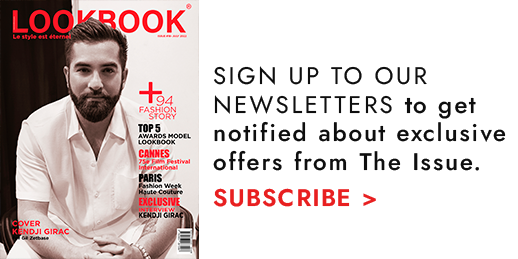Art is meant to reflect modernity. The act of creativity was until recently the prerogative of man, but the XXI century dictates its own conditions and today artificial intelligence can embody the idea of the artist.
Artificial intelligence in the arts is a field in which computers and machines are used to create art or help artists, designers, and other creative professionals in their creative process. Artificial intelligence can perform a variety of tasks in the arts, such as:
- Image and video generation: Artificial intelligence can create images, animations and videos using algorithms and neural networks. This can include generating computer graphics, special effects, artwork and even music videos.
- Data-driven art: Machine learning algorithms can analyse large amounts of data to identify patterns and trends in art. For example, they can analyse works of art and identify styles, themes and characteristics that are popular among artists and the public.
- Music and Composition: Artificial intelligence can create music, analyse musical compositions and assist musicians in the process of creating new songs and melodies.
- Text generation and literary art: Artificial intelligence-based text generation algorithms can create poems, stories, and other literary works.
- Virtual Reality (VR) Art: Artificial intelligence can be used to create virtual worlds, interactive scenarios and virtual reality visualisations.
- Image enhancement and editing: Artificial intelligence can help photographers and designers enhance and edit images, remove defects, improve contrast and colour palettes, and automate image processing.
- Creative robots and tools: Robots and machines with artificial intelligence can be used to create physical works of art such as sculptures and paintings.
So what does the future hold? Will artificial intelligence become our staunch ally or a direct competitor, destroying many creative professions?
Artificial intelligence in art opens up new possibilities for research into creative processes, and enriches the art world with new ideas and methods. However, it also raises questions about what art and creativity are, and can spark discussions about the role of the artist and the machine in the art-making process.
Some people have fears that at some point artificial intelligence could completely replace humans with all their abilities, including the ability to create.

What will the contemporary art world be like in the future?
Artificial intelligence can indeed create works that many consider art, but art appreciation may remain beyond the abilities of artificial intelligence.
Artists use their creativity, intuition and personal experience to create works of art. Artificial intelligence is currently limited in its ability to exercise creativity and intuition and can create works based on data analysis and pattern-based learning but lacks human creativity.

Desert by Elfometa

London Calling by Elfometa
Artificial intelligence has great potential in automating routine and monotonous tasks, which can free humans from such work, provide faster and more accurate realisation of the artist’s idea. and allow them to concentrate on more creative and strategic tasks. But, of course, machines are not yet capable of creating works of art from scratch, and the author is still a human being. So this is more of a philosophical question, not about the influence of technology on man, but about the influence of man on technology. There is also the question of copyright, works of art created with the help of artificial intelligence are not entitled to copyright protection and are attributed to humans on the grounds that the copyright law applies only to humans.
Artificial and human intelligence work differently when combined together, surely they can create an incredible breakthrough in the field of art. But it cannot feel, experience emotions, understand the meaning of text and images, realise itself, embody an idea.
Perhaps the future lies in a collaboration between artists and artificial intelligence, where both parties make unique contributions to the art-making process. In art and design, as well as in the creation of music and literature, artificial intelligence can be a tool and inspiration for artists and creative professionals to empower and experiment with new ideas.

Author Anna Sashina
Art specialist
Сurator of exhibitions during Paris Fashion Week
Founder of the art club “I LOVE ART” in Cannes, France
Author of publications on art investment and art market trends Member of the Association of Art Historians and Critics










